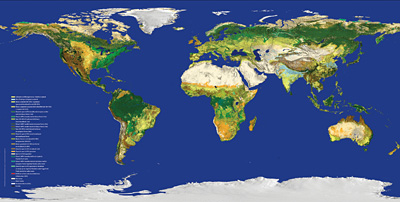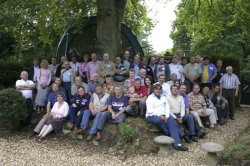11 Jan 2011
00:00...Turn On--FM/PACSAT
NA,East Asia,Oceania
00:45...Turn Off
01:59...Turn On--FM/PACSAT
North Asia,East Asia,South Asia
02:14...Turn Off
10:05...Turn On--FM/PACSAT
NA,East Asia,Oceania
10:50...Turn Off
12:50...Turn On--FM/PACSAT
Europe,NA,South America
13:35...Turn Off
16:05...Turn On--FM/PACSAT
India, Africa,Europe,NA
South America
16:50...Turn Off
17:40...Turn On--FM/PACSAT
Africa,Middle East,Europe,NA
18:25...Turn Off
19:15...Turn On--FM/PACSAT
Africa,Middle East,Europe,NA
20:00...Turn Off
12 Jan 2011
23:40...Turn On--FM/PACSAT
North Asia,East Asia,South Asia
00:25...Turn Off
01:41...Turn On--FM/PACSAT
North Asia,East Asia,South Asia
01:55...Turn Off
12:35...Turn On--FM/PACSAT
North Asia,East Asia,South Asia
13:20...Turn Off
17:35...Turn On--FM/PACSAT
Africa,India,Middle East
Europe,NA
18:20...Turn Off
19:05...Turn On--FM/PACSAT
Africa,Europe,NA
19:50...Turn Off
20:45...Turn On--FM/PACSAT
Africa,Europe,NA
21:30...Turn Off
13 Jan 2011
23:25...Turn On--FM/PACSAT
Oceania,Asia,Europe,NA
00:10...Turn Off
01:20...Turn On--FM/PACSAT
North Asia,East Asia,South Asia
02:05...Turn Off
14:05...Turn On--FM/PACSAT
Europe, NA,South America
14:50...Turn Off
17:15...Turn On--FM/PACSAT
India,Africa,Europe,NA
18:00...Turn Off
18:45...Turn On--FM/PACSAT
India,Africa,Europe,NA
19:30...Turn Off
20:30...Turn On--FM/PACSAT
Africa,Europe,NA
21:15...Turn Off
23:05...Turn On--FM/PACSAT
NA,North Asia, Oceania
23:50...Turn Off
14 Jan 2011
01:00...Turn On--FM/PACSAT
North Asia,East Asia,South Asia
01:45...Turn Off
13:45...Turn On--FM/PACSAT
Europe, NA,South America
14:30...Turn Off
17:00...Turn On--FM/PACSAT
Africa,Europe,NA
17:45...Turn Off
18:30...Turn On--FM/PACSAT
India,Africa,Europe,NA
19:15...Turn Off
20:15...Turn On--FM/PACSAT
Africa,Europe,NA
21:00...Turn Off
22:50...Turn On--FM/PACSAT
North Asia,East Asia,
South Asia,Oceania
23:35...Turn Off
15 Jan 2011
02:34...Turn On--FM/PACSAT
North Asia,East Asia,South Asia
Oceania
02:50...Turn Off
13:30...Turn On--FM/PACSAT
Europe,NA,South America
14:15...Turn Off
16:45...Turn On--FM/PACSAT
Africa,Europe,NA
17:30...Turn Off
18:30...Turn On--FM/PACSAT
India,Africa,Europe,NA
19:15...Turn Off
19:55...Turn On--FM/PACSAT
Africa,Europe,NA
20:40...Turn Off
22:35...Turn On--FM/PACSAT
North Asia,East Asia,
South Asia,Oceania
23:20...Turn Off
16 Jan 2011
02:22...Turn On--FM/PACSAT
North Asia,East Asia,South Asia
Oceania
02:37...Turn Off
13:15...Turn On--FM/PACSAT
Europe,NA,South America
14:00...Turn Off



